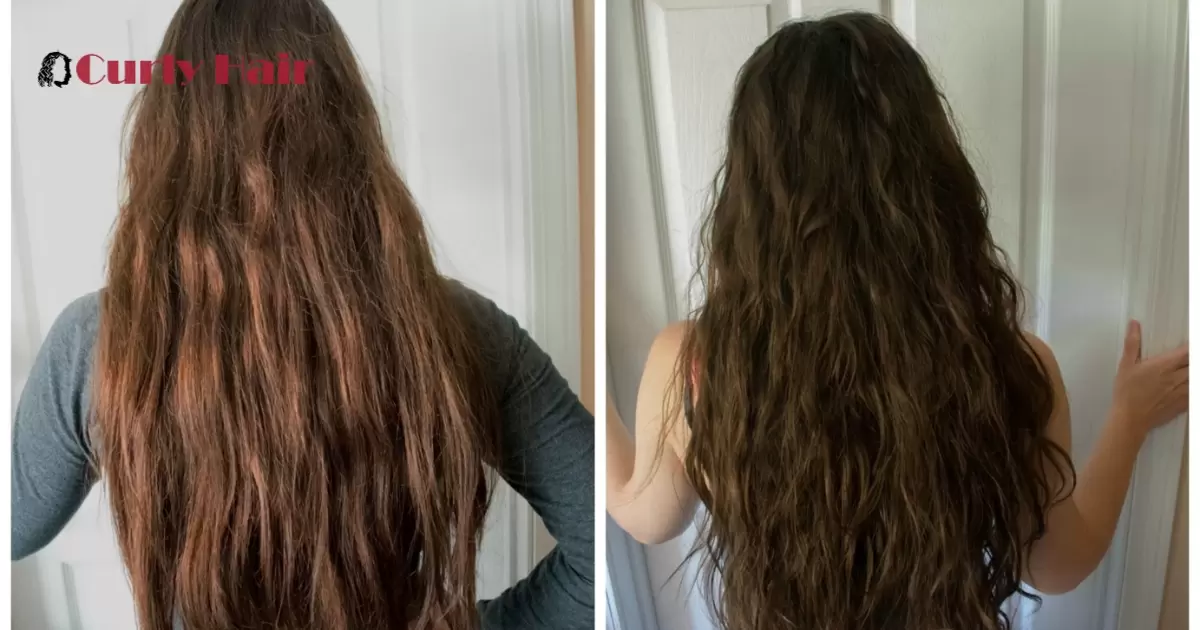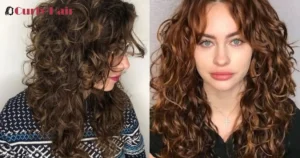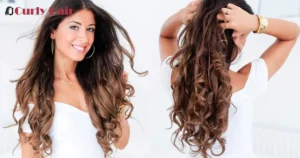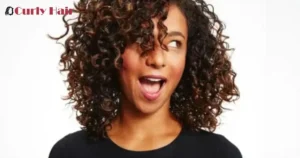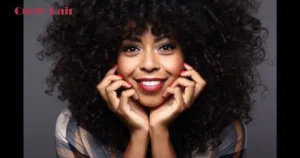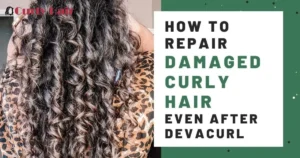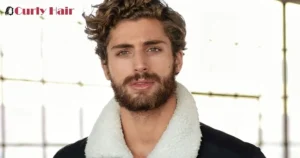As I entered my 30s, my straight hair started becoming wavy. The change was gradual but noticeable. My once poker-straight locks now have a slight bend and wave to them. I attribute this to hormonal changes as I age. Though different, I’ve embraced my wavy hair as a natural part of growing older.
For years I had straight hair that I could easily manage. But now, as I’ve gotten older, I’ve noticed my once, Why Is My Straight Hair Turning Wavy? poker straight hair has started developing a slight bend and wave. This change has left me frustrated and confused about how to style my new wavy locks.
I never expected my once pin-straight hair to start developing waves and bends as an adult. This frustrating change has left me unsure how to style my hair anymore. If you can relate, keep reading to learn what causes straight hair to turn wavy.
Key Takeaways
- Hair texture changes with age, a part of the natural process.
- Hormonal shifts or genetic factors can turn straight hair wavy.
- Adjusting routines to care for evolving textures promotes hair health.
- Embrace the uniqueness of your hair journey, whether straight, wavy, or curly.
- Find the right products and techniques for your changing hair for a rewarding experience.
Can Straight Hair Turn Wavy?
Straight hair can transform into a slightly wavy hair texture. Heat styling tools like curling irons and wands work wonders. Apply heat, wrap a section around the tool, and voila, instant waves. On a simpler note, braiding damp hair and leaving it overnight results in charming waves without any heat fuss.
Embrace the versatility of straight hair, it’s just a twist away from being beautifully wavy, Additionally, there are products designed to enhance natural waves. Sea salt sprays, for instance, create a beachy texture effortlessly.
Applying mousse or a styling cream on damp hair and scrunching it gently can also encourage a subtle wavy look. The key lies in experimenting to find the method that suits your hair best. So, whether it’s heat, braids, or products, the journey from straight to wavy hair is simpler than you might think.
Why does Hair Texture Change?
| Factors | Description |
| Aging | Natural evolution of hair texture with the aging process |
| Hormonal Changes | Shifts in hormone levels influencing hair structure |
| Genetics | Inherited factors contributing to changes in texture |
| Environmental Factors | Climate, pollution, and exposure affecting hair health |
| Hair Care Practices | Chemical treatments, heat styling, and care routines |
Hair texture changes over time due to various factors. One primary reason is aging. As we grow older, hair follicles produce less melanin, resulting in graying and often a shift in texture. Hormonal fluctuations, especially during puberty or menopause, can influence hair structure.
External factors also play a role. Exposure to harsh chemicals, excessive heat styling, or frequent use of tight hairstyles can lead to damage and alterations in hair texture. Regular hair care, a balanced diet, and protecting your hair from environmental stressors can help maintain a healthier texture over time.
Change In Hormones
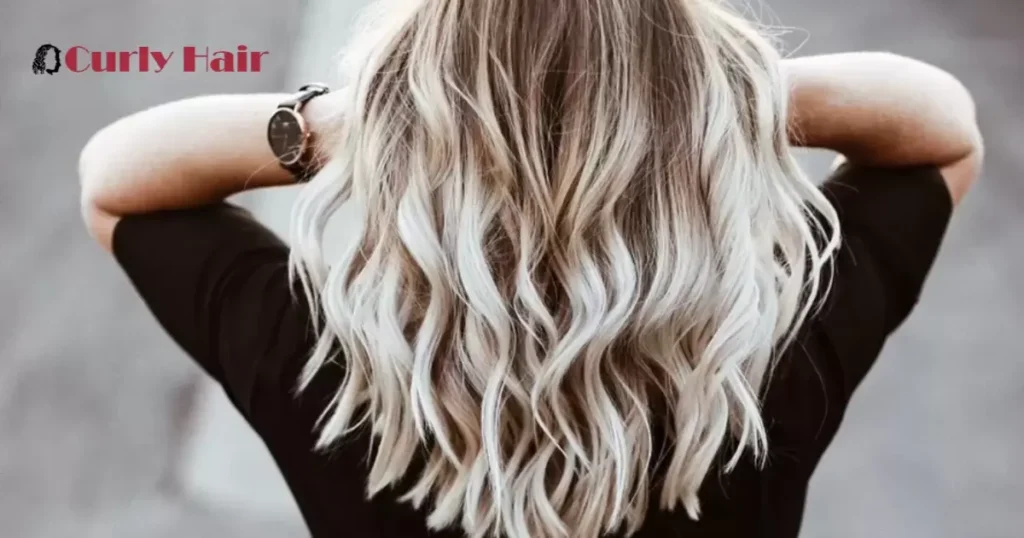
Hormones are messengers in our bodies. They control growth, mood, and more. Puberty is a big change. Hormones surge, causing physical shifts. It’s a normal part of life.
Balancing hormones is crucial. Stress impacts them. Sleep and diet matter too. Changes in hormones affect everyone. Understanding helps navigate these shifts. Life’s constant – so are hormonal changes.
Diet Change
Cut down on excessive sugars and salts. Be mindful of portion sizes. Cook at home to control ingredients. Experiment with herbs for flavor. Listen to your body’s hunger and fullness cues. A gradual shift makes it sustainable.
Incorporate diverse food groups. Color your plate with variety. Think rainbow for nutrients. Enjoy the process, not just the outcome. Your body will thank you for the positive change. Remember, it’s not about restriction but about balance.
Treats are okay in moderation. Learn to savor each bite. Pay attention to how food makes you feel. Connect with your body’s needs. A mindful approach fosters a lifelong, positive relationship with food. Embrace the journey towards a healthier, happier you.
Change In Humidity
Humidity fluctuations play a role in hair shifts. High humidity swells hair cuticles. Result? Frizz and volume increase. Low humidity, has the opposite effect, hair flattens and loses volume. Watch humidity, understand your hair.
Your hair’s response to humidity is like its daily mood. Damaged straight hair can be even more reactive, making it crucial to adapt your hair care routine. Stay aware, use the right products, and embrace your hair’s natural versatility. Understanding humidity equals a good hair day, every day.
Hairstyle
Hair texture evolves with time. Aging alters thickness and smoothness. Weather influences frizz and curls. Lifestyle choices impact your hair’s natural vibe. Embrace change for a vibrant look.
Daily care matters too. Harsh products damage texture. Choose wisely for healthier strands. Regular trims maintain shape and vitality. A simple routine ensures your hairstyle shines.
Pollution
Pollution alters hair texture. Airborne particles settle on strands. Chemicals strip natural oils, causing dryness. Pollution’s impact on hair is real. Daily care is crucial for healthy locks.
Exposure to pollution leads to hair damage. Smoke and toxins weaken strands. Sun and pollutants fade color. To combat changes, cleanse and protect. Healthy hair starts with pollution awareness.
Age
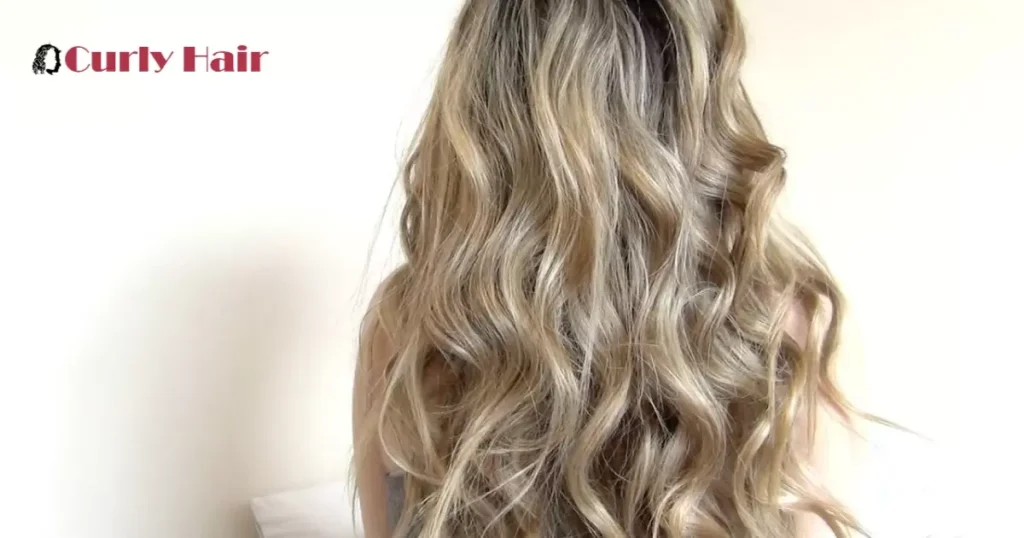
As we age, hair texture transforms. Youthful strands, often thick and vibrant, give way to changes. The shift is part of the aging process, a natural evolution. Understanding these transformations helps us embrace the beauty of every stage.
With age, hair tends to lose pigment, turning gray or white. Additionally, the hair follicles may shrink, leading to finer strands. Changes in hormone levels also play a role, in impacting hair texture. Embracing these shifts becomes a celebration of the journey through life’s different phases.
Hair Care Habits That Can Alter Hair Texture
Daily habits impact hair texture. Frequent use of heat tools can damage strands. Harsh chemical treatments alter natural patterns. Gentle care maintains hair health. Simple changes can lead to a positive transformation.
Avoiding excessive washing preserves natural oils. Choosing the right products matters too opt for those suited to your hair type. Regular trims prevent split ends, maintaining overall texture. Consistent, thoughtful care ensures your hair stays vibrant and healthy over time.
Proper Shampooing And Conditioning
Shampooing and conditioning impact hair texture. Use the right products for your hair type. Overwashing can strip natural oils, affecting texture. Find a balance that keeps your hair clean and healthy.
Unintentional Damage From Hair Routines
Daily routines can unknowingly harm your hair. Excessive brushing leads to breakage and split ends. Rough towel-drying causes unnecessary stress, altering texture. Tight hairstyles, if constant, may result in thinning. Being mindful of these habits maintains the natural beauty of your hair.
Brushing
Brushing impacts hair texture. Over-brushing leads to breakage. Use a wide-tooth comb for wet hair. Gentle strokes prevent damage and maintain texture. Opt for a brush with soft bristles to minimize friction, preserving the natural texture of your hair.
Signs That Straight Hair Is Wavy Or Curly
Straight hair may hide a wavy secret. My hair is straight but frizzy describes how air-drying can reveal natural waves. Notice how your hair reacts to humidity. If it tends to frizz or form waves, it might be more textured than you think.
Another indicator is how your hair behaves after sleeping on it. If you wake up with waves or curls, it suggests your hair has a natural texture. Experiment with different styling techniques, like braiding or twisting, to see if your hair holds these patterns. Understanding these signs allows you to embrace and enhance your hair’s unique natural texture.
What Are The Different Hair Types And Textures?
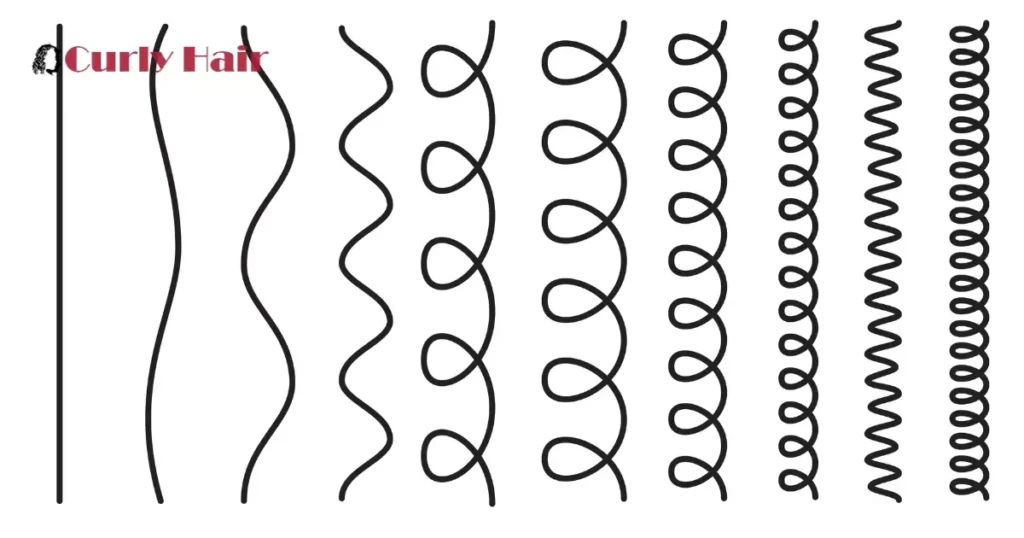
Hair types vary widely. Straight hair lies flat and smooth. Wavy hair has gentle curls, creating movement. Curly hair forms tight, bouncy spirals. Coily hair showcases dense, spring-like coils. Understanding your hair type helps tailor care for the best results.
Each type requires specific attention. Straight hair may benefit from lightweight products. Wavy hair benefits from frizz control and definition. Curly hair thrives with moisture-rich products. Coily hair often needs extra moisture and gentle detangling. Embracing your unique texture ensures a healthier and more vibrant mane.
Frequently Asked Question
Why is my straight hair turning wavy and frizzy?
Hair changes over time due to various factors like hormones and environmental conditions, causing straight hair to turn wavy and frizzy. It’s a natural part of the hair’s evolution.
Will straightened hair return to normal?
Yes, over time and with proper care, straightened hair will gradually return to its natural texture. Regular trims and avoiding excessive heat help in the natural transition.
Why did my straight hair turn curly male?
Hormonal changes or genetic factors can cause straight hair to turn curly in males.
Conclusion
In conclusion, understanding “Why Is My Straight Hair Turning Wavy?” involves various factors. Hormonal changes or genetics can influence the transformation of hair textures. Embracing these changes and adjusting hair care routines ensures a healthy and vibrant mane.
Whether your hair is straight, wavy, or curly, tailored care enhances its natural beauty over time. Remember, your unique hair journey is a celebration of your individuality. In the quest for the perfect hair routine, it’s crucial to adapt. Regular trims, proper moisture, and gentle handling maintain texture healthily.
Whatever your hair type, embrace the evolving nature of your locks. Experiment with different products and techniques to find what works best for you. Ultimately, the journey to vibrant, well-textured hair is a personal and rewarding one.
